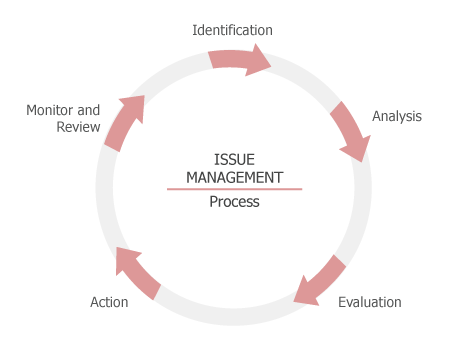- Significant gains in developer or QA productivity are achieved when team members better understand the purpose of the code of the business goal of the requirement they are implementing. That's why it's critical to provide development and QA with a greater level of understanding into the overall project objectives. Even in the most successful company environment, things may not work out the way you want if processes are not managed properly. It becomes increasingly difficult to keep track of projects and deadlines. Hence, without effective task management, your company's software productivity is going to suffer. Especially task management is deemed very important among executives because it helps them become more productive. It reduces the time allotted for setting priorities, encourages us to make use of the art of delegation and enables us to differentiate from the four kinds of individual tasks which are; urgent and important, not urgent but important, urgent but not important and not urgent and not important.

- If you want things to be done in sequential order then you require a tool that can assist you in streamlining the work order so that it is convenient and efficient for the teams and the individuals.
A proper task management system lets you break up the work at several levels so that the each phase is completed in a quick and efficient manner.
- To manage your tasks, the first thing you have to do is to make a list of your activities and individual tasks for the day. To-do list will serve as your guide in managing your tasks. Through this, you can easily decide which task needs to be done the earliest and which ones should be crossed out of your list.
- What is Defect & Issue Management?
- In business, Issue Management refers to the discipline and process of managing business issues and usually implies using technology to electronically automate the process. In Project Management, the purpose of Issue Management is to ensure that any concerns recognized during a project are addressed in a timely manner and do not go resolved until they become major problems. Electronic issue management has gathered steam as a business and technology movement in recent years as mid-sized and large businesses have realized the advantage of implementing systems to manage, document, and track work.
- Today, issue management systems are commonly used by product development companies to manage requests, changes to products, and reported defects.
- This provides workflow, ideally integrated through the ALM suite with PM, RM, and TM tools, for defect communication and reporting as well as interfaces for defect capture and tracking through the lifecycle. It may be integrated with enterprise help desk and IT Service & Management systems.












